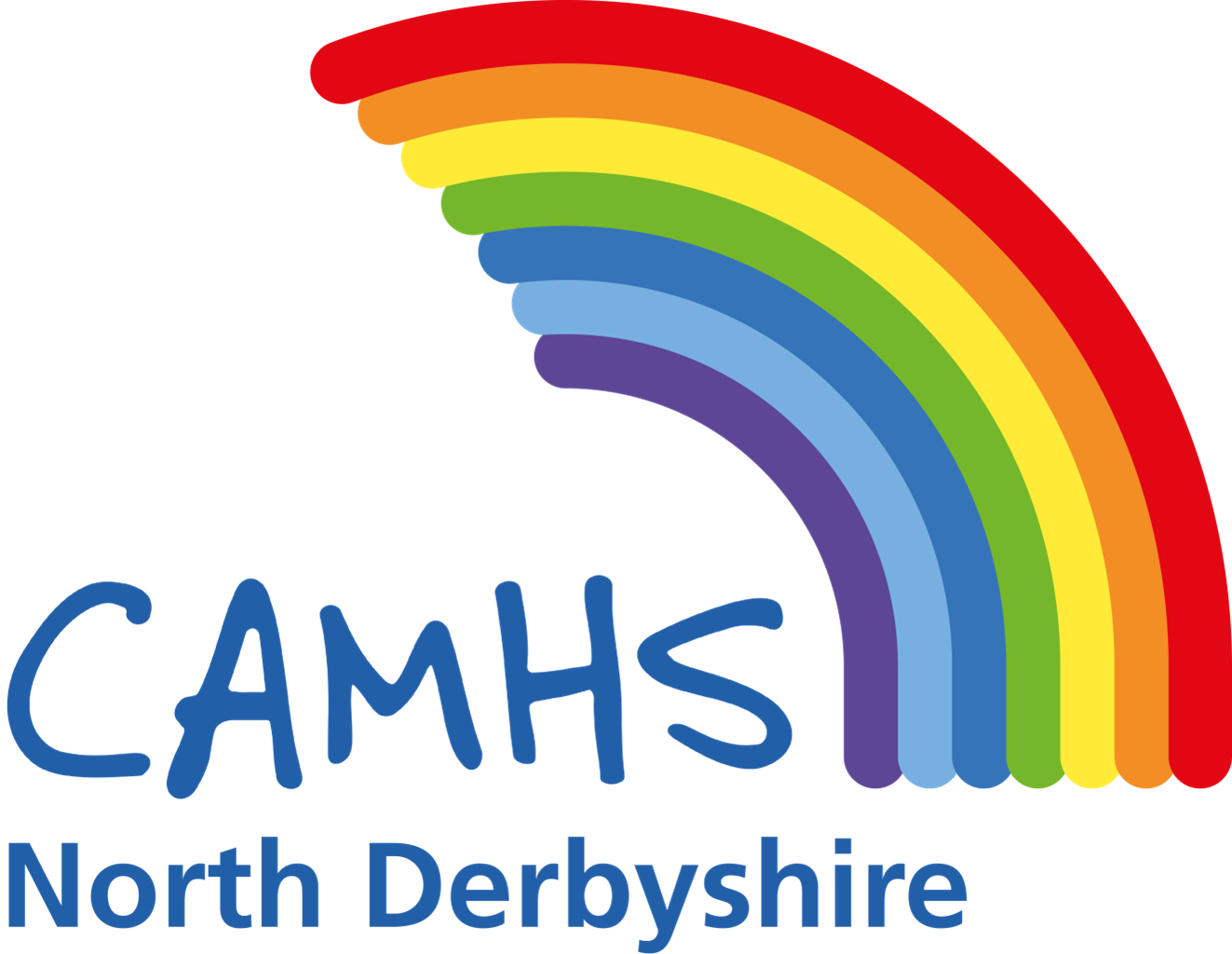autism and mental health
Anxiety in ASD
Introduction
Anxiety is a feeling of fear or panic. Feeling anxious sometimes is normal. Most people worry about something (e.g., money or exams) but, once the difficult situation is over, you feel better and calm down.
If the problem has gone but the feeling of fear or panic stays, or gets even stronger, this is when anxiety becomes a problem.
Anxiety for young people with an ASD diagnosis
Anxiety is commonly seen in young people with an Autism Spectrum Disorder (ASD) diagnosis. They have to make sense of a world that may be hard for them to understand, to deal with sensory overload, environments that may not meet their needs and navigate sometimes confusing and unpredictable social situations.
Due to a tendency to think in a ‘black and white’ way, people on the Autism Spectrum can often engage in catastrophising (jumping to the worst case scenario), and become stuck on certain unhelpful thoughts. They may struggle with change and dealing with uncertainty, showing a preference for sameness and routine.
All of these things can understandably lead to feelings of worry and anxiety.
How to Help
Signs and Symptoms of Anxiety in asd
Whilst a young person with on the Autism Spectrum might be feeling anxious, they may not recognise it as anxiety and therefore struggle to communicate this to others.
Commonly, young people tend to show (behavioural expression of anxiety), rather than tell others they are feeling anxious. You might observe:
Changes in their eating behaviour and sleep
They may engage in more challenging or distressed behaviour
Showing greater avoidance of situations
Showing an increase in arousal levels
Engaging in more repetitive behaviours
Becoming more fixed in their routine and showing specific worries around change
That they are more socially anxious
That their periods of worry are more prolonged, intense and difficult to soothe.
Some young people will need support in developing things that are helpful for them and many factors can be adapted in their environment to support them. Depending on their age, they may also be able to develop their own tools for reducing anxiety. Some are included below:
Make your own anxiety survival kit full of techniques and activities that help you relax when you are feeling anxious. This could be: going for a walk, playing with pets, listening to music, doing a piece of art work, jigsaw puzzle or something else that you have to focus on, watching a bubble tube, or playing with a sensory or fiddle toy. Choose a few things that work for you and make sure you have access to them. Seek help from someone else to develop this if it is hard to come up with ideas.
You might find it helpful to write down your thoughts and worries. Some people like to post them into a worry box, or some find it helpful to scribble over the worry and tear it up and throw it away. Sometimes just getting it out of your head can make it feel less scary.
If you like artwork or are creative, you can use this to help express your worries, if you find it difficult to write them down.
Physical exercise can be a great way of managing anxiety. Just doing something active for a few minutes several times a day can help you feel more in control.
Set yourself small challenges – exposing yourself to things that you might find difficult helps to build up your confidence and resilience.
Practice the things that help you even if you are having a good day. That way, it can stop things becoming hard.
When to seek help
It may be possible to effectively manage your/their anxiety using some of the strategies mentioned above and also in the ‘What can you do as parents/carers to promote good mental health in your young person?’ section.
However, if symptoms persist and they are negatively impacting on your/their ability to cope with daily life, please contact your GP, who may refer you/them to the CAMHS service where you/they may be able to access some evidence based therapy, such as CBT (adapted for ASD) or other support.
Further support, advice and self-help
Young Minds gives free, relevant, practical information about a range of mental health issues in children and young people. It has information about feelings and symptoms, conditions and looking after yourself. It also has some specific information about self-harm and what to do about self-harm.
National Autistic Society provides free information and advice about autism. It has easy to read pages appropriate for young people and provides clear guidance for families on how to manage some of the challenges present in Autism.
Autistica gives information about Autism and related conditions. They are involved in ongoing research projects to help those diagnosed with ASD and their families to lead long, healthy and happy lives.



